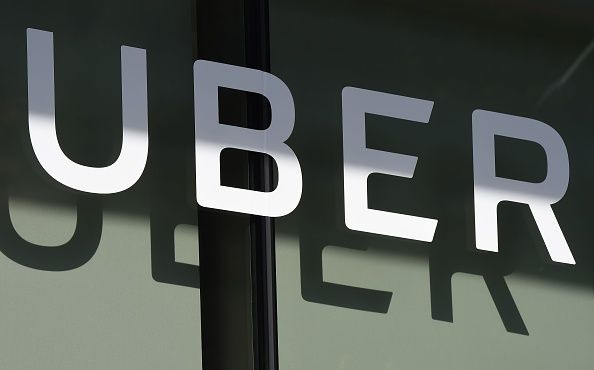Uber IPO Could Be Biggest Public Offering In Years

Ride-hailing market leader Uber Technologies Inc. on Thursday officially filed for an initial public offering (IPO) that might value the firm anywhere from $100 billion to $120 billion when it lists on the New York Stock Exchange under the ticker symbol “UBER.”
Uber confidentially filed its S-1 in December 2018. This prospectus, which was made public for the first time Thursday, reveals the first look into Uber's plans to grow its vast investments that include ride-hailing, food delivery, self-driving cars and flying taxis. It also revealed invaluable information about Uber’s past operations.
Uber didn’t disclose in the filing the price at which it plans to list, but its offering is widely expected to be oversubscribed. Morgan Stanley, Goldman Sachs, Citigroup, Bank of America Merrill Lynch, Barclays, Allen & Company, among others are underwriting the offering.
Uber will begin its IPO roadshow next week with shares hitting markets in May.
"Our continued success will come from stellar execution and the strength of the platform we have worked so hard to build," said CEO Dara Khosrowshahi in a letter in the filing. "Our network spans tens of millions of consumers and partners and represents one of the world's largest platforms for independent work."
In its S-1 Uber said it was cash flow positive in 2018. It reported a net income of $997 million in 2018, but an adjusted EBITDA loss of $1.85 billion. The non-EBITDA net income, however, is an impressive turnaround compared to its 2017 full-year loss of more than $4 million.
Uber said its revenue has risen by more than ten-fold since 2014. It posted revenues of $11.27 million in 2017 according to the filing.
A key question facing Uber now is if it wants to keep pouring funds into its unprofitable ride-hailing business or redirect the tons of cash from its IPO into more profitable ventures such as Uber Eats food delivery startup.
Uber Eats is one of the fastest growing segments of Uber's business. Uber said that in many areas, Uber Eats is growing even faster than its ride-hailing business.
The last thing Uber Technologies wants is to “do a Lyft” when it IPOs in May. Lyft, Uber's biggest rival, went public on March 29. Since then, however, Lyft’s stock has plummeted more than 20 percent and is expected to cast a shadow on Uber's offering.
"Lyft shares continue to be weak as many investors we have spoken with have worries about Uber's impending S-1 and roadshow which could be a dark shadow over Lyft's stock in the near-term," said Daniel Ives, an analyst at Wedbush Securities.
© Copyright IBTimes 2025. All rights reserved.





















